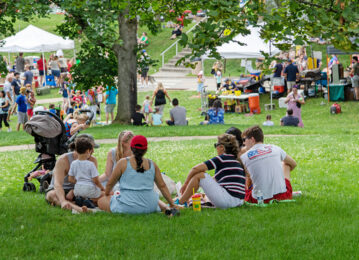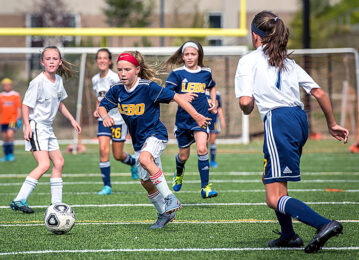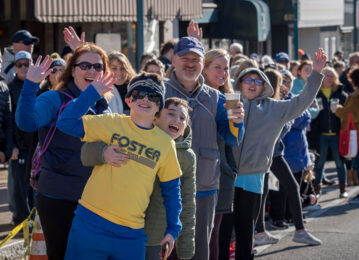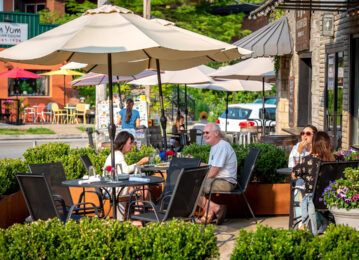Check out what’s
Trending
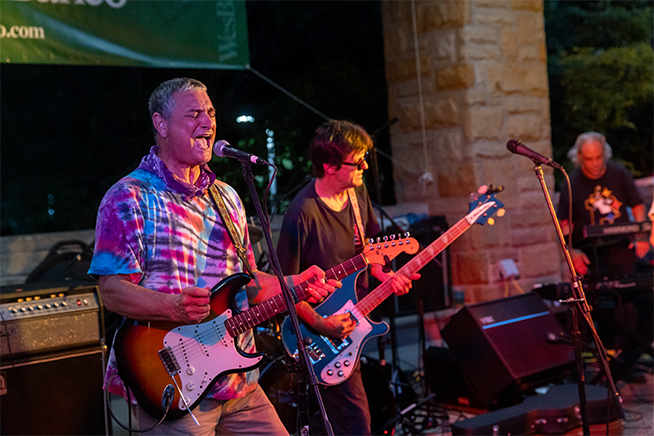
Final Friday summer concerts

The Mt. Lebanon Arboretum’s purpose is to increase species diversity and specimen tree plantings in the municipality’s parks, parklets and traffic islands, with the long-term goals of enhancing the character, resiliency and visual appearance of the community. The Arboretum will also improve public awareness of and involvement in the municipality’s urban forest management through publicly available internet mapping of notable trees on public lands throughout our community.
Other benefits of the arboretum:
The Mt. Lebanon Arboretum has been awarded a Level 1 Accreditation by The ArbNet Arboretum Accreditation Program and The Morton Arboretum, for achieving particular standards of professional practices deemed important for arboreta and botanic gardens. The Mt. Lebanon Arboretum is also now recognized as an accredited arboretum in the Morton Register of Arboreta, a database of the world’s arboreta and gardens dedicated to woody plants.
Check out what’s

Final Friday summer concerts
